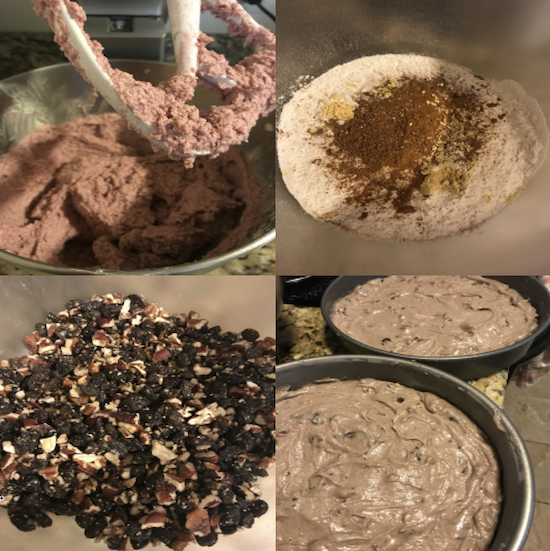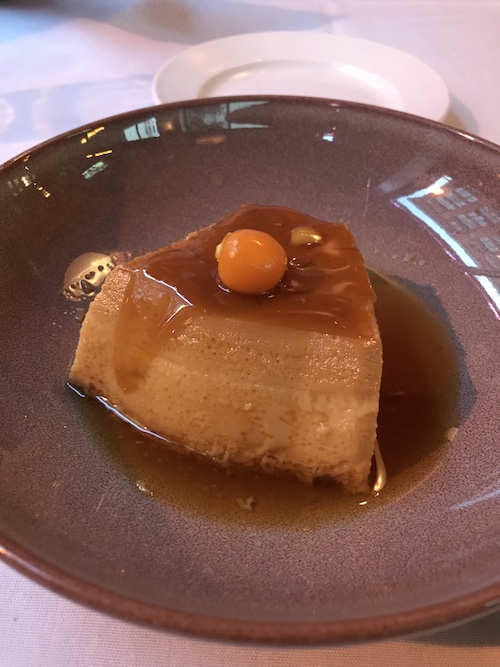As I've no doubt mentioned tons of times, some of the Bites of this project are far easier to obtain than others; I'm still blown away that I was able to get my hands on some beaver tail. There are other entries that will be somewhat challenging to source, but on the flip side, some of the entries are so easy that they can basically be put off until whenever it's most convenient. Say, a global pandemic? Even trapped in our homes, it's no trouble at all to enjoy a Bite that is so common to Americans, it can be found in every settlement in the country. Styles and toppings may differ, but just about everyone loves pizza.
You'd be hard pressed to name a more representative food for America, even if its origin lies in Naples, Italy. So how did it travel from being served to visiting royalty in 1889 to being served on every street corner in the USA? Well, the first pizza parlor was founded in New York City in 1905, but it took until the end of World War II to become a national phenomenon. Soldiers returning from the Italian battlefields told tales of the delicious concoction, and once it caught on with teenagers, it was the hip new snack that every cool kid wanted to eat. It didn't take long to become a commodity for franchise owners, and the marriage of pizza and fast food gave it another popularity explosion.

Different regions celebrate it in different ways, of course, from the deep dish Chicago style to the cracker-thin St. Louis style. I tend to prefer the good ol' fashioned New York style, and when it comes to toppings, I may be one of the few remaining people who love a pizza piled high with delicious, salty anchovy.
Whether it's the cornmeal crust of Pi, the cheesy goodness of La Pizza, or the experimental toppings of Dewey's, there's no shortage of terrific local options. But no matter where in America you call home, there's no doubt a slice of heaven waiting nearby.
Read more »
You'd be hard pressed to name a more representative food for America, even if its origin lies in Naples, Italy. So how did it travel from being served to visiting royalty in 1889 to being served on every street corner in the USA? Well, the first pizza parlor was founded in New York City in 1905, but it took until the end of World War II to become a national phenomenon. Soldiers returning from the Italian battlefields told tales of the delicious concoction, and once it caught on with teenagers, it was the hip new snack that every cool kid wanted to eat. It didn't take long to become a commodity for franchise owners, and the marriage of pizza and fast food gave it another popularity explosion.

Different regions celebrate it in different ways, of course, from the deep dish Chicago style to the cracker-thin St. Louis style. I tend to prefer the good ol' fashioned New York style, and when it comes to toppings, I may be one of the few remaining people who love a pizza piled high with delicious, salty anchovy.
Whether it's the cornmeal crust of Pi, the cheesy goodness of La Pizza, or the experimental toppings of Dewey's, there's no shortage of terrific local options. But no matter where in America you call home, there's no doubt a slice of heaven waiting nearby.
























